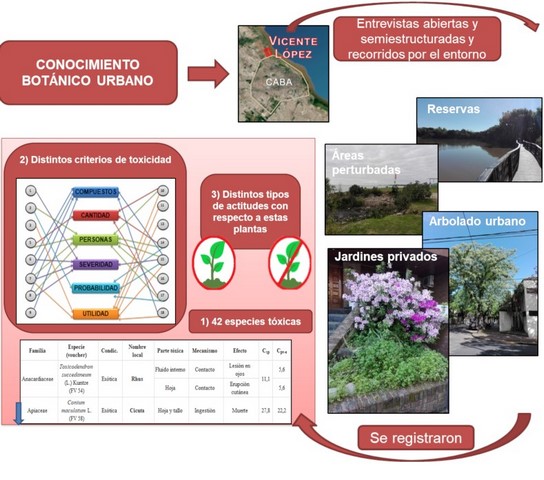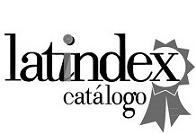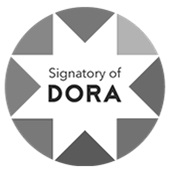Etnobotánica de plantas tóxicas en el Partido de Vicente López (Buenos Aires, Argentina)
DOI:
https://doi.org/10.30972/bon.3115803Palabras clave:
Área Metropolitana de Buenos Aires, conocimiento botánico urbano, etnobiología, etnobotánica urbana, toxicologíaResumen
El objetivo de este trabajo fue realizar una primera prospección sobre la etnobotánica de plantas tóxicas en el partido de Vicente López (Buenos Aires, Argentina). Se trabajó con personas adultas que residen y/o trabajan en el área de estudio. La información y materiales se recopilaron mediante recorridos por la zona y entrevistas abiertas y semiestructuradas. Se identificaron 42 especies consideradas tóxicas, cuyas partes producen efectos variados y de distinta gravedad. El consenso sobre su toxicidad es en general bajo y el concepto vernáculo de tóxico no es unívoco; la gente emplea diferentes criterios para clasificar a una especie como tóxica. Las actitudes ante las plantas tóxicas también varían. Los resultados están en concordancia con lo previsto para el conocimiento botánico urbano. La postura de quienes hacen un manejo consciente de estas especies, basado en sus conocimientos y en las particularidades del contexto, es la deseable para conservar la salud y la flora simultáneamente. Este trabajo provee una base para comprender las representaciones y percepciones locales sobre el tema, a partir de las cuales se pueden diseñar programas educativos, a la vez que aporta a la etnobotánica y disciplinas afinesDescargas
Los datos de descargas todavía no están disponibles.

Publicado
2021-12-22
Cómo citar
Valerio, F., Herrera Cano, A. N., & Suárez, M. E. (2021). Etnobotánica de plantas tóxicas en el Partido de Vicente López (Buenos Aires, Argentina). Bonplandia, 31(1), 5–26. https://doi.org/10.30972/bon.3115803
Número
Sección
Artículos originales
Licencia
Declaration of Adhesion to Open Access
- All contents of Bonplandia journal are available online, open to all and for free, before they are printed.
Copyright Notice
- Bonplandia magazine allows authors to retain their copyright without restrictions.
- The journal is under a Creative Commons Attribution 4.0 International license.














.jpg)


